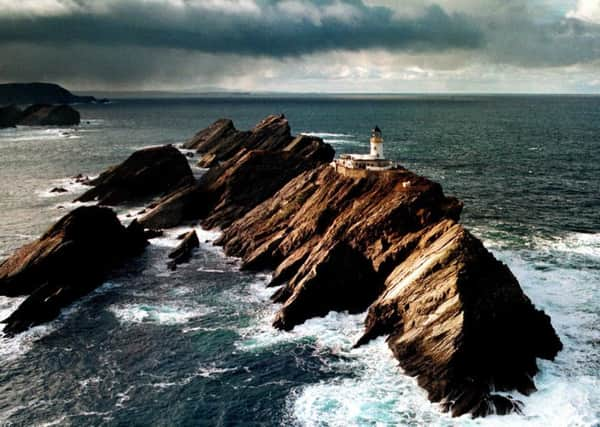Travel: UK’s most northerly lighthouse, set within rare and rugged beauty, is a remarkable sight


But a trip to the Muckle Flugga Lighthouse in Shetland – the most northerly in the UK – is well worthwhile; it’s an adventure in itself just getting there, with a remarkable destination and some extraordinary wildlife at the journey’s end.
Built and designed by brothers Thomas and David Stevenson in 1854, the lighthouse was originally erected to protect British ships during the Crimean War. The Stevensons also designed the Whalsay and Out Skerries lighthouses on Shetland, but it’s been said that Thomas’s son, Robert Louis, visited it as a young man and was inspired by the geography of the place to base the map of his own Treasure Island on Unst.
Advertisement
Hide AdSo, if Thomas could take Robert there on what must have been a truly memorable 19th-century “take your son to work day”, then you have little excuse not to make the effort. You can fly to Lerwick from Edinburgh, Glasgow and Aberdeen but you may prefer to take the car on the ferry from Aberdeen, which operates seven days a week and arrives first thing in the morning after a 12 and a half hour sailing. You then take two further ferries from the “Mainland” of Shetland – from Toft to Ulsta on Yell and, after driving across Yell, from Gutcher to Belmont on Unst. Don’t let the added journeys put you off; the two ferry journeys only take 10-20 minutes apiece and it takes about half an hour to cross Yell.
Once at your destination, there’s plenty to take in. Muckle Flugga was one of the few lighthouses in Scotland that had a separate shore station for off-duty lighthouse keepers. Although automated since the 1990s, the station was sold and has become the visitor centre at the entrance of the Hermaness National Nature Reserve. The area’s dramatic sea cliffs and moorland make it internationally renowned for seabird colonies of puffins, gannets, shags and great skua.
There’s also a wide range of accomodation for visitors; B&Bs, self-catering cottages, resort hotels, a youth hostel and Britain’s most northerly hotel, The Baltasound. Located near the harbour and the Keen of Hamar Nature Reserve, it’s ideal if you want to go otter spotting after dinner.